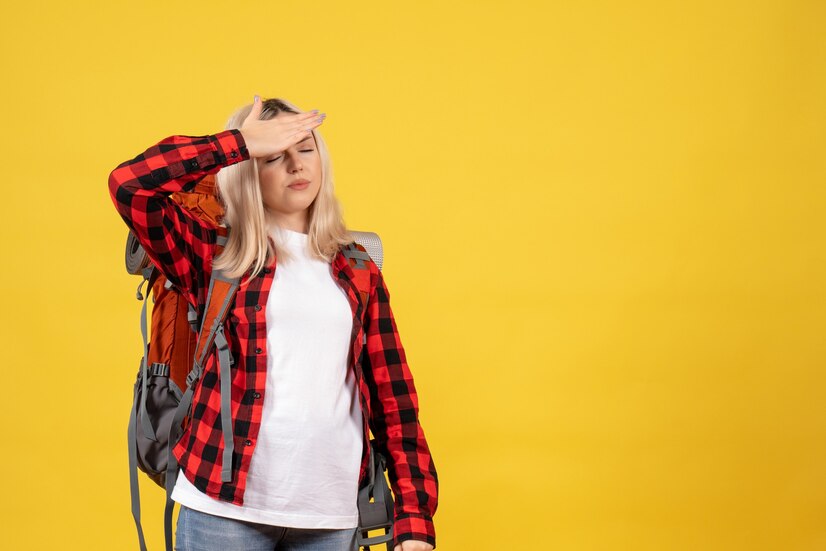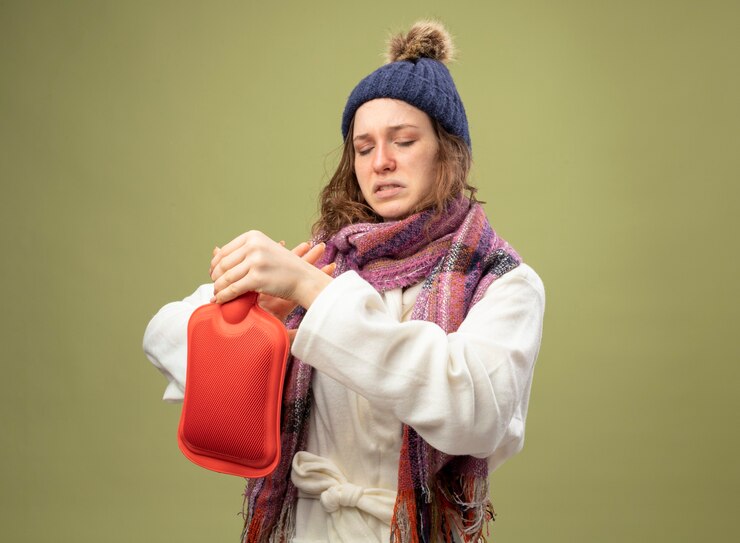Table of contents
Traveling to high-altitude destinations has always been something I looked forward to—breathtaking views, peaceful mountain air, and thrilling adventures. However, the physical symptoms I faced due to altitude sickness often turned my excitement into discomfort. After some research and trials, I discovered a surprising ally: CBD for altitude sickness.
This blog post covers my personal journey using CBD to manage symptoms of altitude sickness, how it works, and what you need to know if you’re considering it as a natural remedy.
What is Altitude Sickness?

Altitude sickness, also known as acute mountain sickness (AMS), is a condition that occurs when you ascend to high altitudes too quickly, usually above 8,000 feet. The air gets thinner, oxygen levels drop, and your body struggles to adapt. For me, the symptoms hit hard every time I traveled to places like Colorado or the Himalayas:
- Headaches
- Nausea
- Fatigue
- Dizziness
- Shortness of breath
Over-the-counter remedies offered temporary relief, but the side effects (like drowsiness from Diamox) were frustrating. That’s when I began exploring CBD for altitude sickness as an alternative approach.
Why I Considered CBD for Altitude Sickness

CBD (cannabidiol) is a compound derived from the hemp plant. It’s known for its anti-inflammatory, anti-nausea, and calming properties, making it popular for anxiety, pain, and sleep disorders. The more I read about it, the more I realized CBD might help counter several symptoms associated with altitude sickness naturally and without harsh side effects.
I decided to give it a try on my trip to Peru, where I’d be spending several days above 10,000 feet.
My CBD Routine for Altitude Sickness
Here’s how I incorporated CBD into my altitude travel routine:
1. Pre-Trip Preparation
I began taking a small daily dose of CBD oil (15mg) about 3 days before flying. The idea was to prime my system and reduce any underlying anxiety or inflammation.
2. During Ascent
As soon as we reached higher altitudes, I switched to CBD capsules (25mg) every 8 hours. These helped manage the nausea and headaches that started to creep in.
3. Topical CBD for Muscle Tension
I also used a CBD balm on my neck and temples to relieve tension headaches and sinus pressure.
The result? Noticeably reduced symptoms. While I still felt mildly out of breath on steep hikes (which is normal), I didn’t experience the debilitating headaches or nausea I had on past trips. I felt more in control and comfortable.
How CBD May Help with Altitude Sickness
Here’s why CBD may be effective:
- Reduces Inflammation: Swelling in the brain due to lack of oxygen contributes to headaches. CBD’s anti-inflammatory effects help.
- Manages Nausea: CBD interacts with serotonin receptors that regulate nausea and vomiting.
- Promotes Relaxation: CBD helps reduce anxiety and promote a sense of calm, aiding in better breathing and rest.
- Supports Sleep: Quality sleep at altitude is difficult, but CBD helped me fall asleep faster and stay asleep longer.
- Muscle Recovery: Hiking at elevation is tough on muscles. CBD topicals helped soothe soreness.
Tips for Using CBD for Altitude Sickness
If you’re planning a high-altitude adventure, here are a few suggestions:
- Start early: Begin using CBD a few days before your trip.
- Use full-spectrum or broad-spectrum CBD for more therapeutic effects.
- Stay hydrated and take it slow—CBD helps, but altitude adaptation still takes time.
- Bring multiple forms: Oils for quick relief, capsules for longer-lasting effects, and topicals for headaches or body aches.
5 FAQs About CBD for Altitude Sickness
While research is still emerging, many users report relief from symptoms like nausea, headaches, and anxiety when using CBD at high elevations.
Yes, CBD is non-intoxicating and generally safe. However, always test your response at home before relying on it during a trip.
CBD oil or capsules are great for systemic relief. A topical balm may help with tension headaches or sinus pressure.
There’s limited data, so consult a healthcare professional before combining treatments.
Begin using CBD 2–3 days in advance to allow your body to adjust and start experiencing its effects.
Final Thoughts
My experience using CBD for altitude sickness was a game-changer. It didn’t eliminate every symptom, but it significantly reduced the discomfort and helped me feel more grounded and present during my travels. CBD offered a natural, gentle alternative that kept me alert and relaxed without harsh side effects.
If you’re planning a trip to high elevations and struggle with AMS, consider trying CBD. Just be sure to choose a high-quality, lab-tested product and always listen to your body.





